OPINION: I’m a cyclist and I’m against more cycle lanes in Cork.
Do city cycle lanes really make cycling safer? I don't think they do, and I think there are other solutions more deserving of our money.
Disclaimer: This opinion piece is not reflective of an editorial approach at Tripe + Drisheen. It is a personal opinion only.
The headline may read like clickbait, and I can only imagine the response I’m going to get to this opinion piece from the large number of people who get outraged by headlines without reading articles, but it’s true.
Since reporting on the council vote on the Curraheen cycle path at the start of the week and seeing the resulting flurry of comment, I’ve been thinking a lot about cycle lanes.
And I really don’t think we should be putting any more money into carving up Cork’s streets, spending any more ludicrous sums on hideous plastic bollards, or putting in any more stupid concrete kerbs.
I’m a cycling nut. I love everything about cycling.
I first bought a cheap bike to commute from Wilton to Blackrock for work at 26 and was instantly hooked. For the past 16 years, I’ve done school runs, food shopping, all sorts of errands, and leisure cycling in Cork. For long periods, my bike was my only transport. We were a cycling family before the current surge in interest in cycling.
As well as having cycled all over Ireland, I also go longer distances: my current bike has crossed 17 land borders to date. My most memorable trip so far was Croatia to Greece via Montenegro and Albania, but I’ve also cycled through Latvia and Estonia, through Portugal’s Algarve to Seville, from Pisa to Rome on icy roads in midwinter. I’ve been chased by crazed dogs, forded rivers carrying my bike, stretched towels across bikes to shelter from the sun.
But despite my love of cycling, I don’t want Cork City Council to install any more cycle lanes in the city.
You can stop reading and start berating me at this point if you want, or you can read on….
It’s important to note that I’m very much in favour of segregated cycleways in some contexts, most especially to enable people on bikes to navigate the outskirts of cities: Dunkettle interchange, I’m looking at you.
I’ve cycled to Waterford on a few occasions and leaving Cork by bike is extremely difficult and dangerous. This shouldn’t be the case.
I also think Greenways in rural settings, that provide long-distance protected corridors for people on bikes, are a fantastic amenity.
What I’m discussing from here on in is the feasibility and desirability of trying to insert a segregated cycling infrastructure into a pre-existing city road network.
Cycle lanes make cycling safer, don’t they?
The assumption is that segregated cycle lanes make cycling safer.
I mean, it seems like a no-brainer, right? Keep the bikes separate from the cars, and less accidents will happen. If you’re against cycle lanes in any context, you must be against cyclists being made safer.

But we can’t - and never should - base public policy, expenditure and planning on assumptions.
What evidence is there that cycle lanes increase safety?
If cycle lanes improve cycling safety then we would expect to see that, as spend on cycling infrastructure increases, injuries and fatalities for cyclists would reduce. This is not what we have seen.
Unfortunately, it’s difficult to find the basic data that would be needed to make this assessment.
We can see that an increase in cycling injuries has been recorded alongside an increase in prevalence of travel by bike: there is a correlation between the amount of travel done by bike and the number of injuries of cyclists that occur.
As this excellent article on IrishCycle.com notes, cycling rates declined steeply from the eighties and continued to decline until 2006, when a slow increase began again.
In Cork, the modal share for cycling in the 1986 Census was 8%, and a large number of school children were included in this. Of course, there was no spend on cycling infrastructure in Ireland at this time: segregated cycle paths were non-existent and unheard of. There were years where over 40 cyclists’ deaths occurred, but they corresponded with a very high modal share of journeys by bike.
Cyclist fatalities in Ireland reflect the trend line of modal share pretty accurately. There was an 8% increase, year on year, in deaths between 2010 and 2018. This coincided with an increase in cycling.
So at what point in this pattern did cycling infrastructural spending begin to increase?
Well, it’s hard to say. Conn O’Donovan of Cork Cycling Campaign told me that while he believes the government spend on cycling-specific infrastructure was about €15 million in 2015, he pointed me towards this article that highlights the complexities in even calculating how much is spent on cycling-specific infrastructure separate from other “active travel” spends and even Bus Connects spends. Different administrations, the lumping of budgets, and the occasional big spend on a project like a Greenway all make it difficult to separate out trends in cycling-specific infrastructural expenditure.
What we would expect to see if cycle lanes are having a positive impact on cycling safety is that cycling rates would continue to increase, while deaths and injuries would stabilise or reduce in the years following the introduction of substantial budgets for cycle lanes and active travel infrastructure.
In 2020, we saw a bumper spend on cycling infrastructure, partly delivered through Covid-related budgets: just under €40 million in Departmental spending on cycling alone, almost double what was spent in 2019.
And in 2021, we saw just 7 cyclists killed on Irish roads. But this low was also recorded in 2010 and 2013 when infrastructural spend was most likely far lower.
2021 was confounded by being the Year of Working From Home, and schools and colleges also closed for the majority of Q1 of 2021.
According to the RSA, half of all cycling injuries occur on Tuesday-Thursday, with the majority of these occurring between 8am-9am, so a very large number of incidents are commuting-related. A large number of these journeys just didn’t happen in 2021. With such a clear correlation between rates of cycling and injuries and fatalities, it’s impossible to tell if the low rate of deaths in 2021 was due to more cycling infrastructure or if it merely reflects that people commuted by bike less.
So in short, it doesn’t seem currently possible to identify a notable correlation between the installation of cycling infrastructure and a corresponding impact on cycling safety.
Given the sums of money currently coming down the pipeline for active travel infrastructure, it’s pretty alarming to think that this question has been overlooked and has seemed to rely on the widespread assumption that cycle lanes equal safer cycling. Mind you, that’s how almost everything in this country works.
I would love to see this explored fully.
Personal experience
My personal observations about the impacts of cycle lanes on safety for cyclists in Cork city:
Drivers presume that the presence of a cycle lane means they do not have to share the road with cyclists, but this cannot possibly be true. Drivers and cyclists will always have to share the road at times.
Cyclists, who need to learn to use the rules of the road properly, believe this is no longer necessary, because they too believe that the impact of cycle lanes will be to stop them coming into contact with cars. They just don’t get the practice they need to get truly competent.
In reality, cycle lanes propel cyclists into contact with cars at junctions where the cyclist is no longer able to apply the rules of the road.
I am both driver and cyclist and the best thing a cyclist can be, to a driver, is visible and behaving in a predictable manner, ie, following the rules of the road.
The best thing a driver can be to a cyclist is a considerate and educated road user with a knowledge of what it’s like to cycle, who drives at a speed that allows them to respond to the actions of other road users.
Although we now appear to be in the midst of some kind of media-fomented culture war of “drivers vs cyclists,” drivers do not actually want to hit a person on a bike, apart from in rare, criminal exceptions that should be classified as attempted murder.
Close passing, overtaking in unsafe situations, not taking adequate care on right turns and all those other things that drivers do are largely based on ignorance of the conditions faced by cyclists.
Creating the expectation for drivers that they are not going to have to share the road within the city creates not only a misapprehension, but a dangerous one. In my opinion, it’s speeding up vehicular traffic and making drivers less aware of the needs of other road users.
In my time cycling in Cork, the aggression and speeding have become worse, not better.
Contraflow on South Main Street: knocked off my bike
This innocuous little stretch of South Main Street is where I’ve had two of my closest calls in the city centre, once actually coming off my bike for the only time in 16 years of cycling (touch wood).
Uneducated drivers on this stretch are of the opinion that you should be cycling in the provided lane, despite the fact that it’s contraflow and at the end, it propels you onto a footpath, on the wrong side of the road to continue up Barrack St, where I lived at the time. So you get a lot of honks, a lot of “get in the fucking cycle lane!” because no-one can pass you when you’re cycling in the correct position.
One rainy night, I had gone to get the kids a takeaway as a treat. I was cycling home on the left-hand side of the road, being careful for car doors opening but keeping what would have been a passable position if it weren’t for the contraflow lane.
I could hear a driver behind me revving his engine; he wound his window down and started shouting, “there’s a fucking cycle lane!” Eventually, he overtook aggressively, clipping me and knocking me off my bike. Luckily the driver behind him was going slow enough to stop, and helped me up. I wasn’t injured. My coat was torn, I was a bit shaken, but worst of all, our lovely hot chips were in a puddle and I had to go home and cook dinner.
For a time, I used the contraflow lane against oncoming cycle traffic because the incident had shaken me.
But one night I was cycling up the cycle lane when a taxi stopped on the road and a catastrophically drunk young gentleman propelled himself rapidly from the backseat behind the driver out of the car towards the footpath, tripped on the raised kerb, and sprawled right in front of my bike.
This time, I managed not to fall, but he had face-planted and had a cut on his head. He was as apologetic as his condition allowed, as were his friends.
Forced to the right
At many junctions where cyclists need to share the road with cars, cyclists are forced to make dangerous manoeuvres, most notably in instances where the cycle lane places the cyclist on the right hand side of lanes of traffic, such as the lane that abruptly ends outside Kent Station.
Cyclists should cycle on the left side of the lane they need to be in. But these layouts maroon cyclists on the righthand side and make it dangerous to re-establish their correct road position.
Presumably, this lane was installed with the idea that most people on bikes are going as far as the station. But I’m continuing down the Lower Road: the traffic moves at ridiculous speed here and suddenly you need to indicate your intention and cross two lanes of traffic to get back to the correct road position.


No matter how much road planners study usage patterns, they can only cater to a majority of cyclists, because cyclists are not - this may seem obvious - wind-up automatons on pre-selected tracks, but human beings in all their glorious unpredictability.
Bike lanes just can’t predict where everyone is going to need to cycle or to enter or exit cycle lanes. And so cyclists will need to choose not use lanes at times. Uneducated drivers respond to this with fury.
Now, when I leave town past Kent Station, I don’t use this cycle lane at all. I stick to the left from the junction at St Patrick’s Church, and instead run the gauntlet of “get in the cycle lane” comments, beeps, angry revs and close passes.
Another cycle lane I don’t use is the one that now connects the Lower Road inbound to the back of Kent Station, for exactly the same reason: I frequently need to turn left over the first bridge by the Port of Cork buildings, and this is another righthand lane that leaves the cyclist trying to cross two lanes of fast-moving traffic.
Many people will say that what I’m arguing here is about poorly designed cycle lanes, but to me the underpinning issue is the expectation that cyclists will be segregated from other road users.
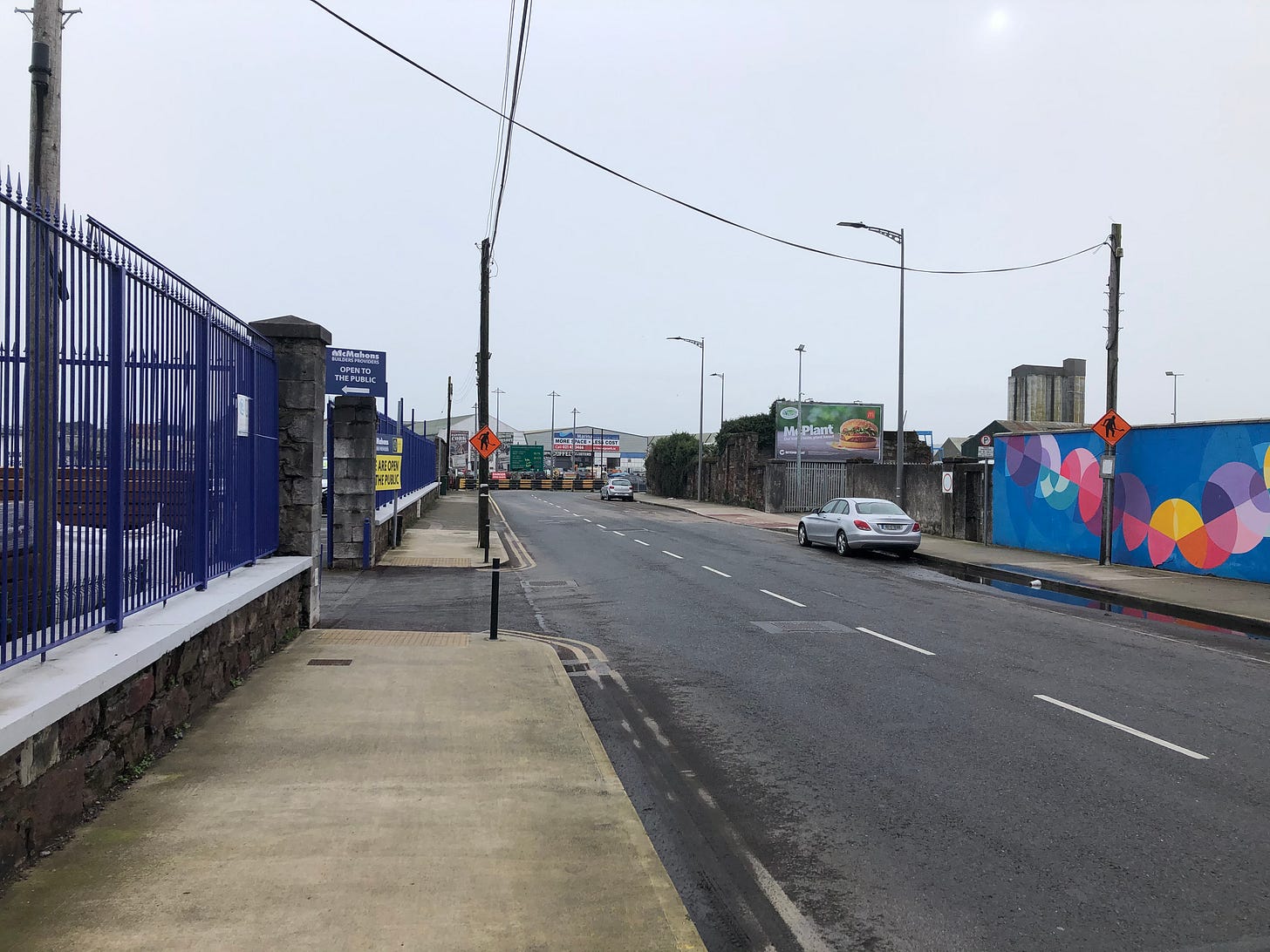
The expectation on the part of drivers that they will not encounter cyclists is a dangerous one.
Likewise, cyclists not familiar with integrating with traffic, who don’t know or stick to the rules of the road, are also dangerous.
One of the large recent additions to cycling in the city is Deliveroo drivers. They are given no real safety training and are incentivised to complete their deliveries as fast as possible. I know first-hand, because in 2019 I signed up to ride for Deliveroo for an article for the Irish Examiner. The algorithm rewards the delivery rider who completes deliveries fastest. As a result, Deliveroo cyclists can frequently be seen cycling on footpaths to navigate one way systems, using contraflow cycle lanes the wrong way, and executing dangerous manoeuvres at junctions.
Silly cycling
Similarly, I see an uptick in silly cycling each year when college students register for Cork’s bikeshare scheme: often, these inexperienced young people wear headphones, a lethal behaviour for a cyclist where hearing is a vital additional sense for phenomena taking place outside your peripheral vision. They use the protected cycle corridor to UCC, and do some pretty crazy and clueless things while exiting and entering the lanes.
Once, almost unbelievably, a young woman on a bikeshare bike crashed into me while I was cycling near the college: she careened off a pedestrian crossing without looking in either direction and into the side of my bike as I passed.
One of the main arguments you hear for cycle lanes is not about safety, but about their ability to encourage greater numbers of people to cycle and feel protected while doing so.
But if cycle lanes are encouraging increasing numbers of people who don’t know the rules of the road to use bikes, and if as we’ve already explored, cyclists will inevitably have to interact with cars at points, I question if they are really making those cyclists safer.
Waving the magic plastic wand of solutionism
Another pretty large assumption is that building cycle lanes is a solid form of “climate action.” But unexamined, this may amount to nothing more than expensive, environmentally destructive solutionism.
(Solutionism is the belief that all society’s problems have a technological solution.)
To me, the big news in the recent story of the magic vanishing wands in the Examiner is that these hideous plastic wands, hundreds of which were installed in the city last year, cost between €100 and €200 each.
These plastics are made of petrochemicals: extracted, shipped, processed, shipped again, installed and then maintained by council employees in vehicles before being discarded. At the end of their useful life - and who knows how long they will last? The reflective collars on many of them are already starting to peel and fray - they will either be downcycled or else begin the process of breaking down into toxic microplastics.
Has anyone done an actual life cycle analysis of the carbon and other environmental costs of installing thousands of pieces of plastic on our city streets, calculated how many cyclists would have to take up cycling because of the magic wands, to offset the environmental costs of all this unnecessary additional plastic, how many kilometres of journey would need to be diverted from car to bike?
How about the paints, tars and sands of the various road surfacing substances, the concrete for kerbs, and again, the use of vehicles and staff to maintain other bits of cycling infrastructure?
Almost without fail, the best action for the environment is to NOT create more junk, ship more plastics from the other side of the planet, spend more money, have more people driving around the place installing and maintaining and moving objects around the city.
But solutionism is politically expedient because elected representatives have to constantly prove to their electorate that they are taking actions. Details of sums of money spent make up roughly half of the press releases I get from local authorities, with the presumption that big spends are impressive and therefore good.
Do cycle lanes empower cyclists?
The bicycle is one of the most - possibly THE most - enabling, empowering and democratising human invention. You don’t need money, or fancy gear; all you need is a bike and a roughly flat surface and moderate ability to pedal, and the world is yours.
Yet there is a troubling emerging narrative that unless an entirely separate expensive material infrastructure is provided, you somehow….can’t cycle.
See for example the caption of this article from the Echo last week, that says that children from the Scoil an Spioraid Naoimh cycle bus “have to take a long circuitous route through Murphy's Farm because there is no direct cycle route to the school.”
I cycled with my kids to school from Wilton along College Road, with “no direct cycle route,” for years and years. We used the rules of the road.
This sign I photographed by Horgan’s Quay sums up the problem: Cyclists, you have now run out of cycle lane, it states. Ignore the two lanes of paved road to your left, in which you should feel free to cycle with confidence. Get off your bike and walk.
Cycling is its own specific activity, not glorified pedestrianism. On the flat, I tend to be moving at over 20km an hour. Bikes have gearing mechanisms and momentum, especially if carrying heavy pannier bags, pulling a trailer or transporting a child. Lanes that continually force cyclists to stop their mode of transport and adopt another one result in cyclists ignoring those rules.
I would prefer to empower cyclists to be confident road users overall than to make them believe that they can only cycle where they are somehow “allowed” to, ie, where expensive infrastructure has been installed.
Ethics and access
Another emerging idea is that by devoting more space to active travel including cycling, we can discourage driving by making it less and less convenient to drive. There was even the suggestion at the recent Oireachtas Housing Committee that parking spaces be located further from housing developments to discourage car ownership.
Good public realm design is enabling. Bad (and unethical) public realm design attempts to control the behaviour of members of the public by introducing stressors as unconscious disincentives to certain behaviours.
It’s an abhorrent approach because, unless you have put in place the practical incentives for the type of behaviour you want to support, all you are actually doing is making people’s lives more difficult, by building an urban environment that is purposely stressful.
Segmented design that attempts to divide people into discrete “communities” not only doesn’t work, but is deluded.
I am a cyclist, but I am also a driver and a pedestrian and eventually, as Carol Rice so succinctly put it in our recent interview below, with age, I am far more likely than not to become someone with mobility issues.
When we attempt to control behaviour through design, we can inadvertently introduce new inequalities into our design, especially when we act on assumptions and not evidence.
When you deliberately disadvantage car users, as a by-product, you disadvantage not only disabled drivers in the quantifiable form of blue badge holders, but also the unquantifiable: elderly people, people with temporary injuries or illnesses, pregnant women, people caring for small children.
Yes, we need fewer cars on the roads. We want safe streets where children have as much autonomy as possible and where everybody gets around in the best, fastest, cleanest, cheapest, least stressful, healthiest way that they can.
The best way of achieving this is by having the most regular, cheapest public transport system we can, and a culture of safe, shared, tolerant road use in our city.
Not by weaponising “active travel” budgets to make car driving more difficult and pitting drivers and cyclists against each other.
So if not segregated cycle lanes…how do I think we can make shared road use safer?
There are answers that do not rely on carving up public space still further. An antidote to solutionism, they rely on changes in the fabric of our society, not our built environment.
So dig ‘em all up, I say. Make everything as accessible as possible for everyone. spend the money on human enforcement to slow things down, and on lifelong education for all on how to be tolerant citizens and conscious road-sharers. I would:
Further the work of dropping the speed limit within the city bounds.
Resource proper enforcement and sentencing.
Invest in education.
Drop the speed limit
Extend the 30km zones, which started being introduced in some suburbs last year, to the entire city centre, and to all densely populated areas within the city bounds, near schools etc. It’s already happening in Dublin, despite there being some backlash against it.
Dropping the speed limit may initially irritate delivery drivers, taxi drivers and other professional drivers in the city but time budgeting for city centre journeys would simply need to be increased.
Enforcement and sentencing
For speed limits to make sense, there must be proper enforcement. Instead of investing hundreds of millions into carving up the streets, invest in the Gardaí and in adequately resourcing and staffing a traffic division to get out and really enforce speed limits, instead of showing up for hashtaggable annual events. Every day is National Slow Down Day, lads.
In cases of dangerous driving, where a driver does injure or kill a cyclist, we need tougher sentencing and we need judges who don’t believe “I had the sun in my eyes” or “I just didn’t see them” absolve a driver from responsibility. The handing down of suspended sentences in these cases is a travesty, an insult to families bereaved by the driver’s actions.
Drivers need to know that, while driving around in a couple of tonnes of metal, their actions can have fatal consequences. In the rare instances of deliberate aggression, drivers should not be charged with dangerous driving, but with assault or attempted murder.
Education
This is the big one.
When I did driving lessons in the early ‘00s, cyclists were mentioned to me precisely once.
“It’s not good to get too close to them because if you make them nervous, they wobble,” my instructor told me. That was it.
It’s not only driving lessons that need a massive overhaul. I believe that one of the biggest things that will make a difference on our roads would be if as many drivers as possible had themselves had cycling experience.
So here’s what I would do. I would invest in road training centres located near schools, laid out with a variety of junctions and road types. Road training would be a curriculum subject, with an emphasis on shared road use, throughout primary and secondary.
Early in primary school, children would walk these instead of just parroting the safe cross code in a classroom. Later in primary school, they would have cycling classes in these. And by the end of secondary, they would have learned to drive in them too.
It would take some time for the impacts of this to filter through, but when they did, it would be profound, a cultural shift that would mean that all road users could expect to travel safely, and with tolerance and respect.

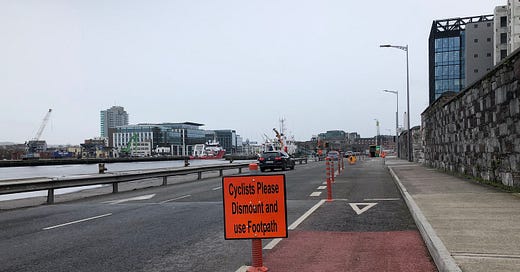




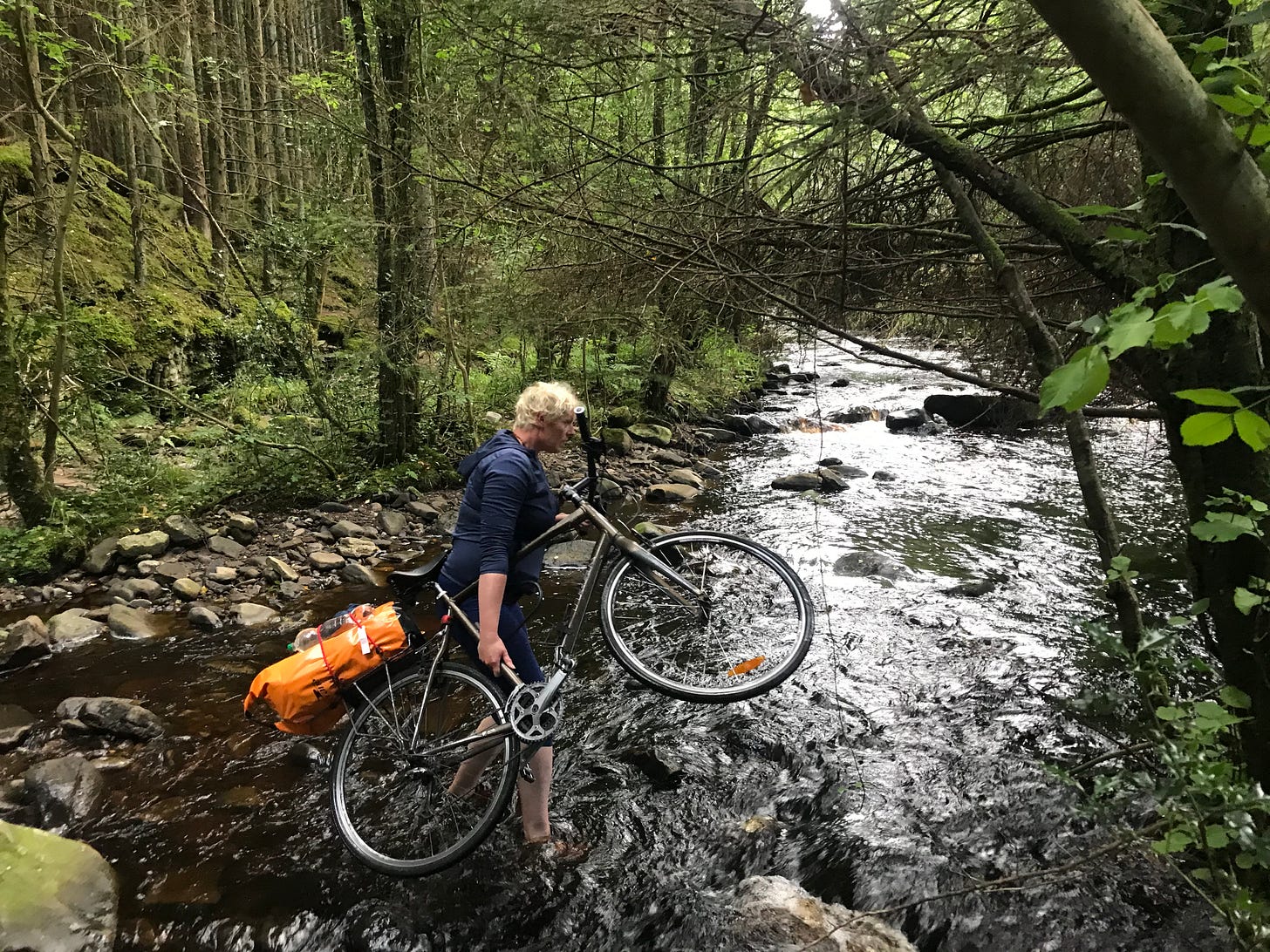
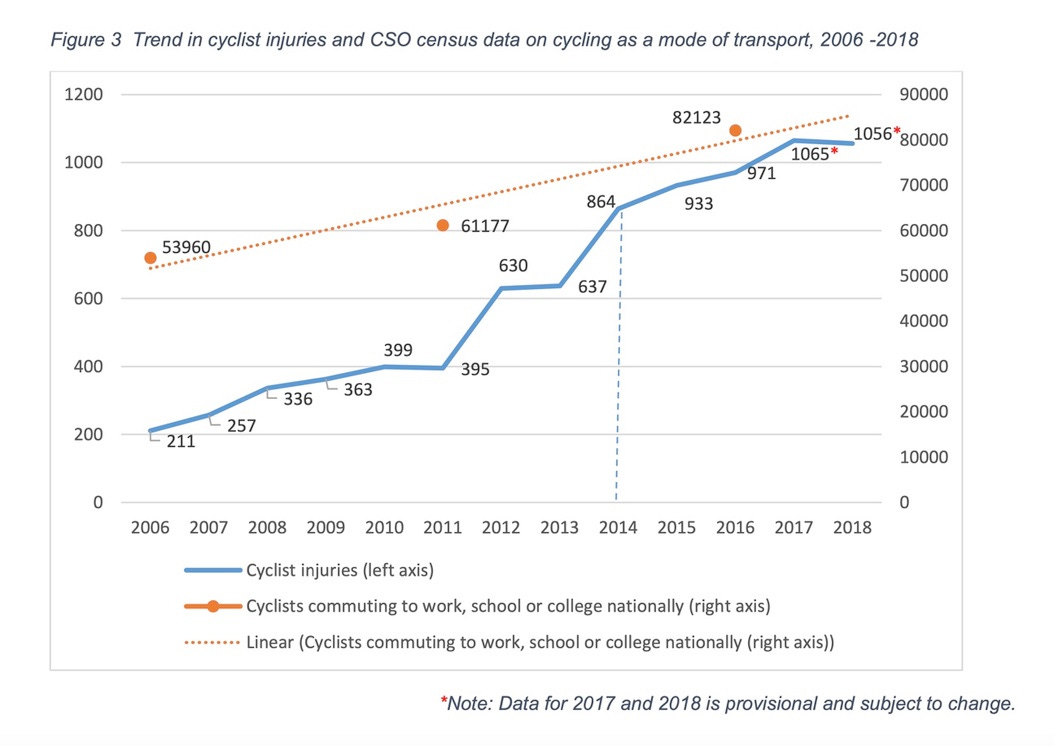
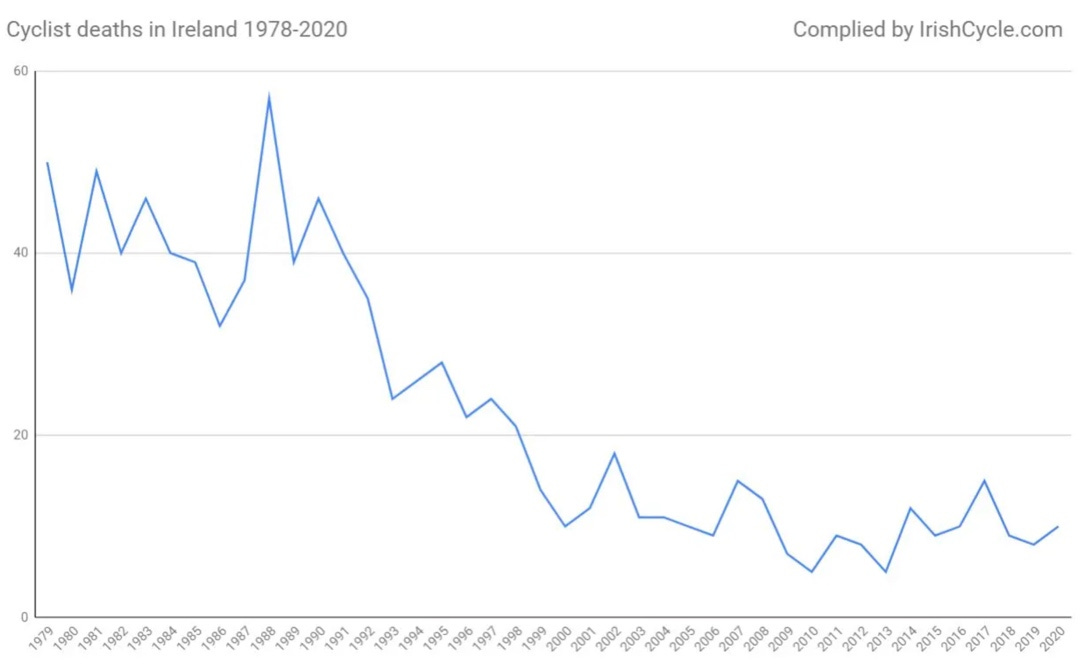
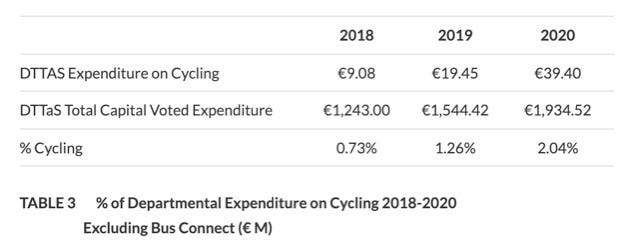
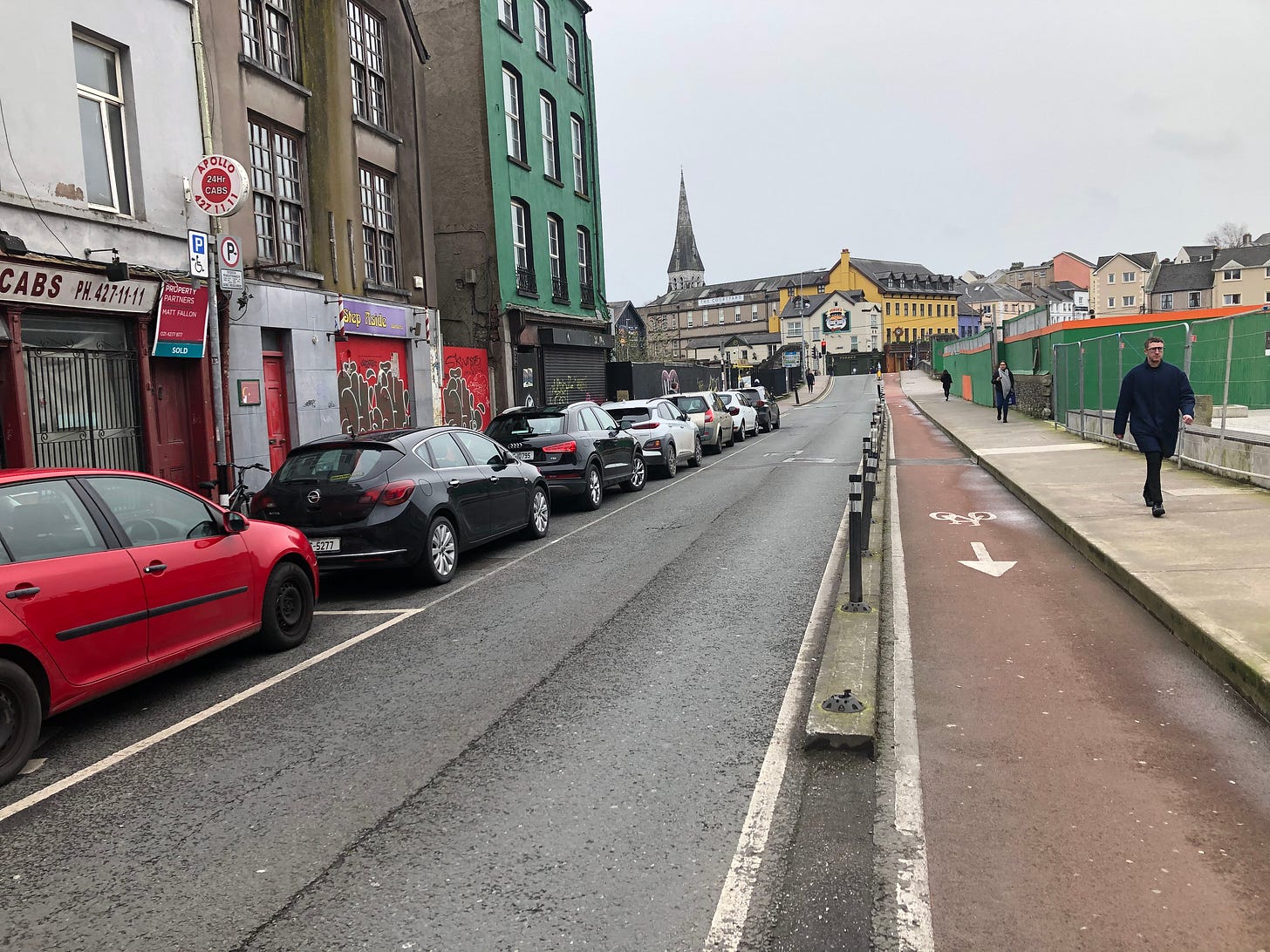
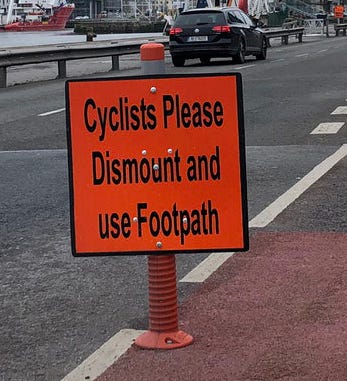
Great article, makes a lot of sense and raises many issues that won’t be solved by infrastructure changes
I for sure don't cycle as much as you, Ellie, but I welcome the cycle lanes despite their often whimsical or even barmy incompleteness and nincompoopness. At least there's a visible reminder to drivers that we are sharing the roads!
They definitely need to be better designed and not just start in one place and suddenly pick up somewhere else. I sometimes wonder if the planner who designed them has a too keen sense of the absurd and is having a little joke for themselves.
One word was going through my head reading your whole well-researched article; 'Education'. So, totally agree with you there. I remember visiting a friend in Ghent and renting bikes and discovering cycle paths with their very own traffic lights and traffic flow and hundreds of people knowing exactly what to do. I was never so bewildered and we soon gave up and just walked.